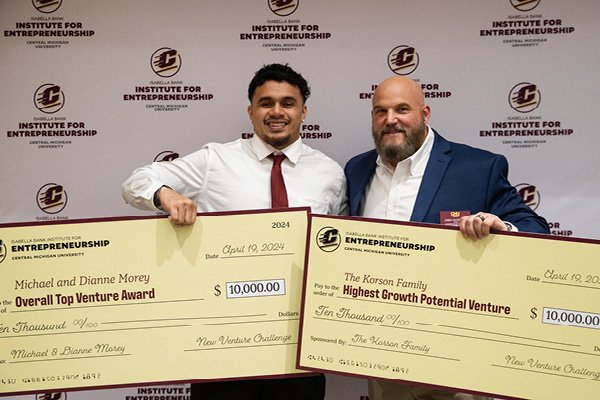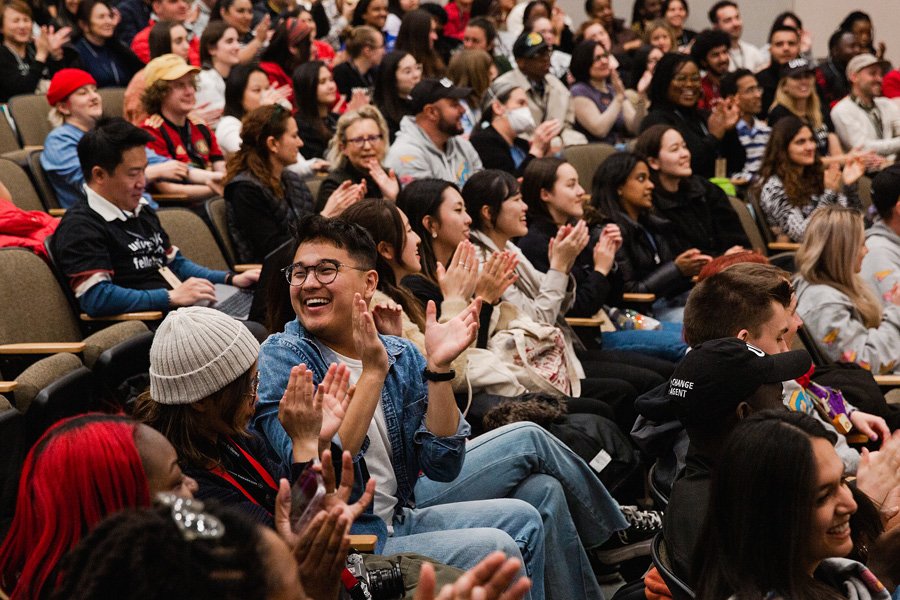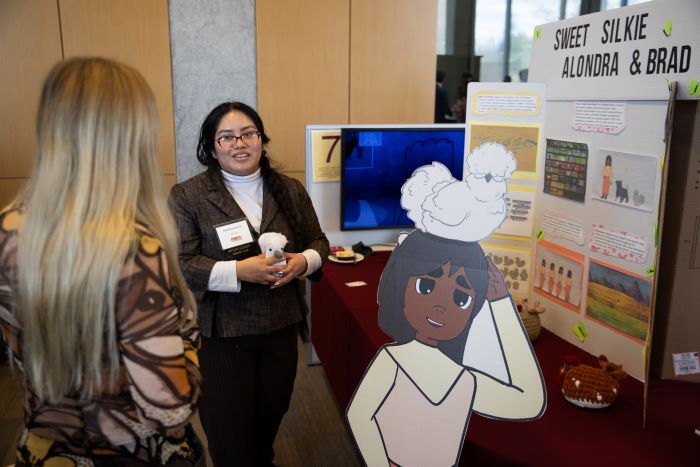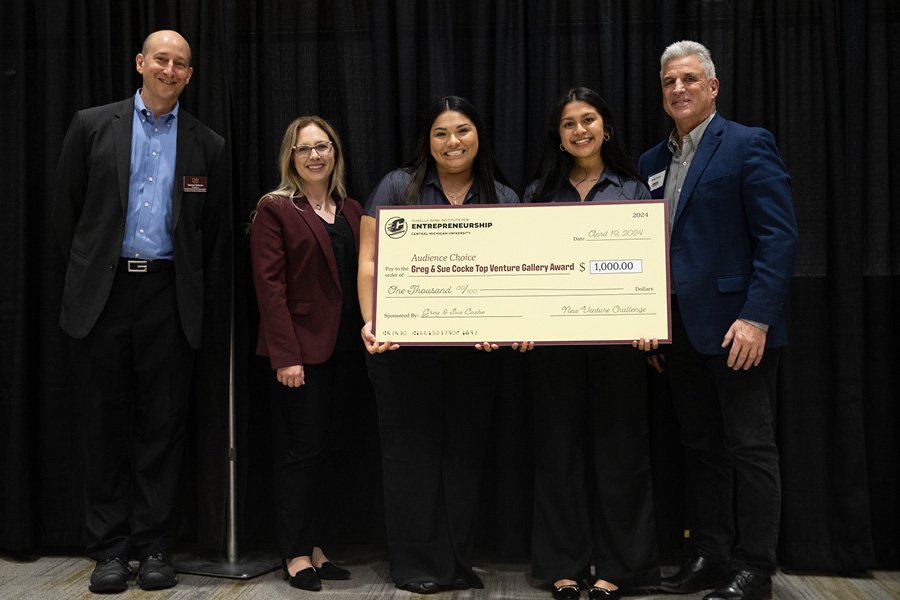
Start up
Passion. Potential. Pitches. Don't miss any of the 2025 New Venture Challenge excitement.
Tune in Friday, April 11 at 1 p.m. for great ideas and fierce competition. Then, join the judges, mentors, spectators and teams as they see who is going home with thousands of dollars in venture financing. The awards broadcast begins at 6:30 p.m. and one team will walk away as the overall best venture.
Central Michigan University’s College of Business Administration is the home of the Isabella Bank Institute for Entrepreneurship and the first Department of Entrepreneurship in the state of Michigan. We are a student-centric hub where experiential, curricular, and external entrepreneurial opportunities intersect.
Our mission is to maximize student success by fostering a campus-wide entrepreneurial mindset that promotes inter-disciplinary collaboration and the creation of new ventures.
We aim to create innovative programming, boost cross-campus and ecosystem collaboration and provide a comprehensive mentoring program.
Our institute provides extracurricular opportunities and is open to all undergraduate and graduate CMU students.
Are you interested in becoming an entrepreneur?
Every journey is unique. Explore the opportunities that interest you.
Not many graduate students, let alone undergraduates, get the chance to be part of cutting-edge international research at a synchrotron—a powerful circular particle accelerator. But Connor Dunn, a senior Environmental Science major and STARLAB research assistant, had exactly that opportunity. He spent a week in Gif-sur-Yvette, France, at the SOLEIL Synchrotron, diving deep into the study of iron speciation in some fascinating sediment samples.
The story behind these samples is just as intriguing as the research itself. They came from a shallow lake near the Smoking Hills in the Yukon Territory of Canada. This subarctic area is home to an incredible natural phenomenon: ancient lignite (coal) deposits beneath the surface that have spontaneously combusted. Yes, they’re on fire! And this fiery geological activity has transformed the surrounding environment. The nearby lakes are so acidic—some with a pH as low as 2—that they’re more acidic than vinegar. That’s where sediment cores were collected for analysis.
Connor’s work is helping to uncover the geochemical mysteries of these sediments, which are packed with trace elements. The extreme acidity of the lake makes it a great analog for studying acid mine drainage environments. Plus, the geology of the area is home to jarosite, a unique mineral that forms in acidic conditions and has been found on Mars. This connection makes the research doubly exciting since it could help us understand the role minerals like jarosite might play in sustaining hypothetical ancient microbial life on the Red Planet.
To take this research to the next level, Connor traveled to the SOLEIL Synchrotron. Here, electrons are accelerated to nearly the speed of light, creating beams of powerful X-rays. These X-rays are used to analyze elements in samples at an incredibly detailed level. Connor worked with scientists from France and beyond, learning how to operate the synchrotron, process data, and analyze samples to characterize the iron speciation in the sediments.
For Connor, the trip wasn’t just about science—it was a lesson in adaptability and collaboration. Under the guidance of Dr. Anthony Chappaz, the Director of the STARLAB and a professor in Earth and Atmospheric Sciences, Connor got hands-on experience and the chance to interact with postdocs and researchers from around the world.
Reflecting on the experience, Connor said it was invaluable—not only for the scientific insights but also for helping him shape his future career path. The scale and novelty of working at a synchrotron left a lasting impression, and it’s clear this is only the beginning of his journey into scientific discovery.

Explore special opportunities to learn new skills and travel the world.

Present your venture and win BIG at the New Venture Challenge.

Boost your entrepreneurial skills through our workshops, mentor meetups and pitch competitions.

Learn about the entrepreneurship makerspace on campus in Grawn Hall.

Present a 2-minute pitch at the Make-A-Pitch Competition and you could win prizes and bragging rights!

Connect with mentors and faculty who are here to support the next generation of CMU entrepreneurs.

Are you a CMU alum looking to support CMU student entrepreneurs? Learn how you can support or donate to the Entrepreneurship Institute.